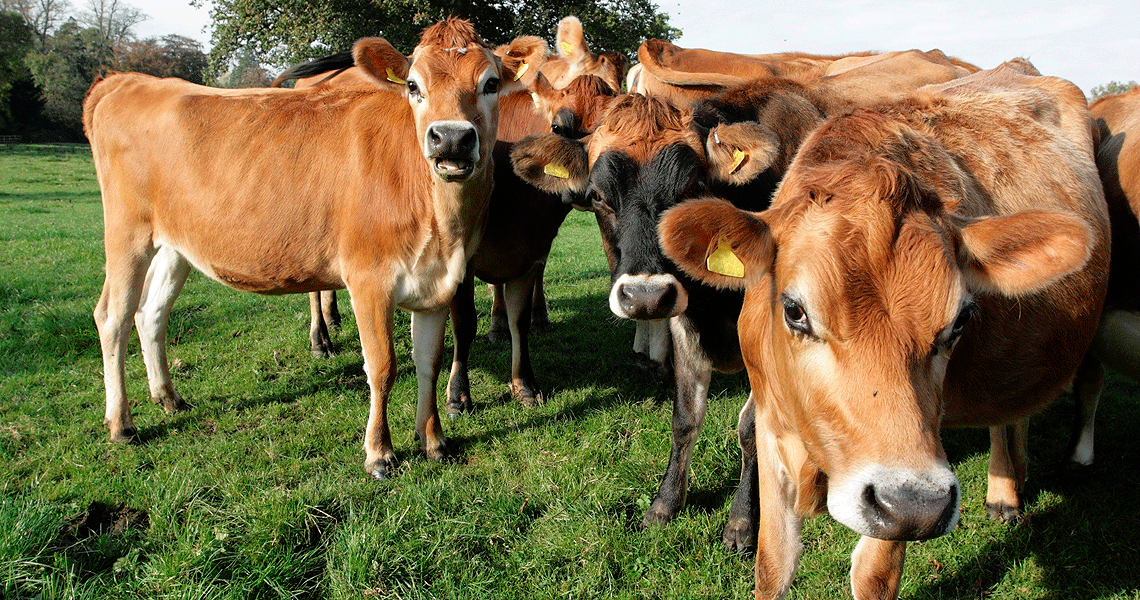Innovative corrugated tube heat exchangers benefit leading UK dairy
Challenges
For traditional dairy producers, removing the heat is an essential part of the manufacturing processing when preparing butter, cream, buttermilk, yogurt, cottage cheese, crème fresh, sour cream and fromage frais for sale. While many use traditional plate design heat exchangers, for family-owned Yorkshire-based Longley Farm, who specialises in producing uncooked dairy Yorkshire curd and also needs to cool fresh cream without over-agitating it, a gentler, more compact system was sought to maintain high product quality.

Plate versus tubular heat exchangers
Although the initial capital costs of tubular heat exchangers are higher than the simpler plate alternative, over the course of their operational life they can prove to be much more economical, improving process efficiencies by reusing heat and helping maintain the quality of the end product.
These tubular units overcome some of the limitations of plate heat exchangers; such as the relatively high pump pressures required, while also reducing maintenance costs over the life of the unit.
Solution
HRS designed two, more sophisticated, corrugated multitube heat exchangers to provide sufficient heat transfer in a compact unit. The gentle product handling fulfilled the needs of the cream line. In addition, a different design of corrugated tube, which actually increases product turbulence to help reduce fouling inside the tubes, was used to help in the manufacture of local speciality Yorkshire curd. The key advantages of both corrugated designs include:
- Increase in heat transfer, particularly at higher flow rates, meaning less heat transfer area is required, resulting in a shorter, more compact design together with associated cost savings.
- Maintaining ideal temperature throughout the process to deliver consistent product quality.
- Less pumping pressure compared to plate heat exchangers, resulting in a lower pressure drop during the heat exchange process.
- More robust and easier and cheaper to service, improving lifetime total cost of ownership.
- Smaller and easier to integrate into factory layouts.
Improving Yorkshire curd production
While most dairies make curds and whey by adding bacteria to the milk to turn the lactose into lactic acid and stimulate the proteins to stick together, for Yorkshire Curd production Longley Farm adds acid directly to the milk.
“Using this traditional method creates a problem when you want to heat or cool the solution,” explains Konrad. “The curd can be very, very small, so when you are pumping it you get curd mixed into the whey portion. When you want to pump it you know you are going to get particulates in it, so need to use a corrugated tube heat exchanger because traditional plate heat exchangers can easily become blocked with the small bits of curd. In the long run, it’s much easier and cheaper to use a corrugated tube heat exchanger.”
This unit has been specifically designed by HRS to handle these particulates, even if they reach levels well in excess of those found in normal operation. “Even if there is a lot of curd in the system, the system won’t become blocked or get damaged,” added Konrad. This confidence resulted in the unit being installed on a platform 3 meters above the factory floor.
Results:
Longley Farm installed two corrugated tube heat exchanges into their existing and upgraded lines. They are:
- Energy efficient – heat recovered from the cooling process is used to warm water, which is transferred to farm cottages adjacent to the factory to provide heating and hot water.
- Maintaining high product integrity and quality.
- Delivering solutions to complex production situations, including fewer processing blockages during curd processing (see explanation below).
- Running perfectly alongside a chilled water system, which is used to remove the last bit of heat to reach the required temperature for finished products.
Testimonies
“With all our different requirements, including heating and cooling, it can be difficult to automate quite a complex group of processes and not end up with the biggest, most complicated plant in the world. The clever thing has been keeping the heat exchanger solution simple while providing everything we need.”
Longley Farm Operations & Technical Manager Konrad Schwoch